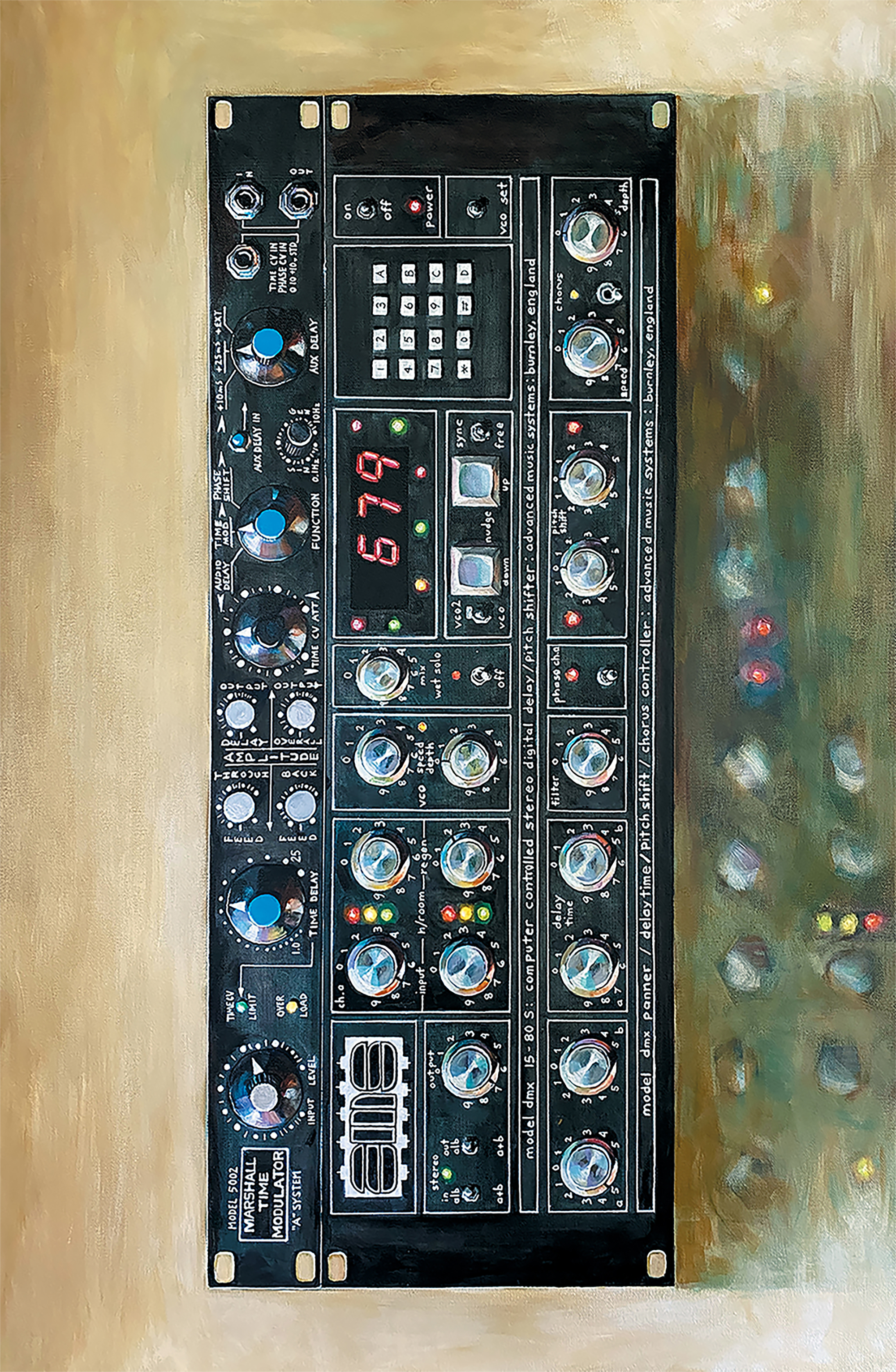In 2022, I shared my opinions on several models of Bluetooth earbuds that I own [Tape Op #150, #151], with the conclusion that Sony WF-1000XM4 earbuds with active noise cancellation (ANC) were my favorite for media consumption. I've since replaced them with the new WF-1000XM5 model, and I also purchased Bose QuietComfort Earbuds II early this year. Both offer stellar ANC and naturally balanced playback – without the extreme bass and treble boosts associated with "lifestyle" products. Of the two, the Sony XM5 earbuds have weaker lows from 120 Hz down, with a hard cutoff at 32 Hz. If you try to EQ the bass to a higher level, you'll also increase harmonic distortion (but no more than you'd expect from tiny Bluetooth earbuds). The Bose QCII's bass roll-off is gradual, while distortion below 45 Hz begins to overwhelm the fundamental. To my ears, the Sonys are smoother in the mids and highs, from 400 Hz to 5 kHz, with a noticeable dip at 8 Hz before extending out to 14 kHz. The Bose have a bump at 3.4 kHz and a dip at 6 kHz, with a rise in harmonic distortion from the 3.4 kHz bump upward. Test tones and nitpicks aside, when I'm listening to music in a quiet place, it's a tossup; both models sound great to me. What about in a noisy environment? Let me first state that whenever either model's ANC turns on, I momentarily feel anxiety from loss of hearing – that's how effective the ANC is. With that said, Bose's ANC works superbly at all frequencies, while Sony's has no benefit below 200 Hz. Furthermore, Bose's ANC is far more effective at canceling sounds that are dynamic and not just steady-state. When I'm on a plane, for example, I can't hear the flight attendant or the person next to me talking to me if I'm wearing Bose; and when I'm riding the subway, most of the rumble, bouncing, and screeching of the train is canceled too. Meanwhile, wearing Sony, I can hear the flight attendant talking to me on the plane, as well as the rumble and bouncing of the train. But there are downsides to Bose's more aggressive ANC implementation. My wife gets downright angry at me if I don't hear her talking to me, and physical impacts (like getting slapped in the head) will cause the earbuds to emit a loud, low-frequency impulse when ANC tries to cancel the impact. In fact, using the touch controls on the Bose earbuds can be frustrating, because light taps on the earbuds will trigger disconcerting impulses. Even the impact of my heels as I'm walking can set off ANC in an annoying way. Therefore, my preference is for Bose ANC when I'm sitting/standing still, while flying, commuting, or otherwise zoning out; and Sony ANC when I'm moving vigorously or subject to any jolts. Regarding fit and comfort – I can just pop the Bose QCIIs straight into my ears, because their thin silicone eartips and silicone "stability bands" just conform immediately to the shape of my ears. In contrast, the Sonys need to be twisted back and forth in order to compress their polyurethane foam eartips. To Sony's credit, the XM5 earbuds are far more comfortable than the previous XM4. Bose and Sony both offer Multipoint Bluetooth connectivity, so you can watch a movie on your laptop, seamlessly take a call on your phone, then drop back into your movie. The Bose charging case is big – almost twice as tall as the Sony case. Both companies offer abysmal software experiences with their companion apps, but on Android at least, the Sony app is stable, while the Bose app fails to connect to the earbuds half the time, especially when Multipoint is active.

